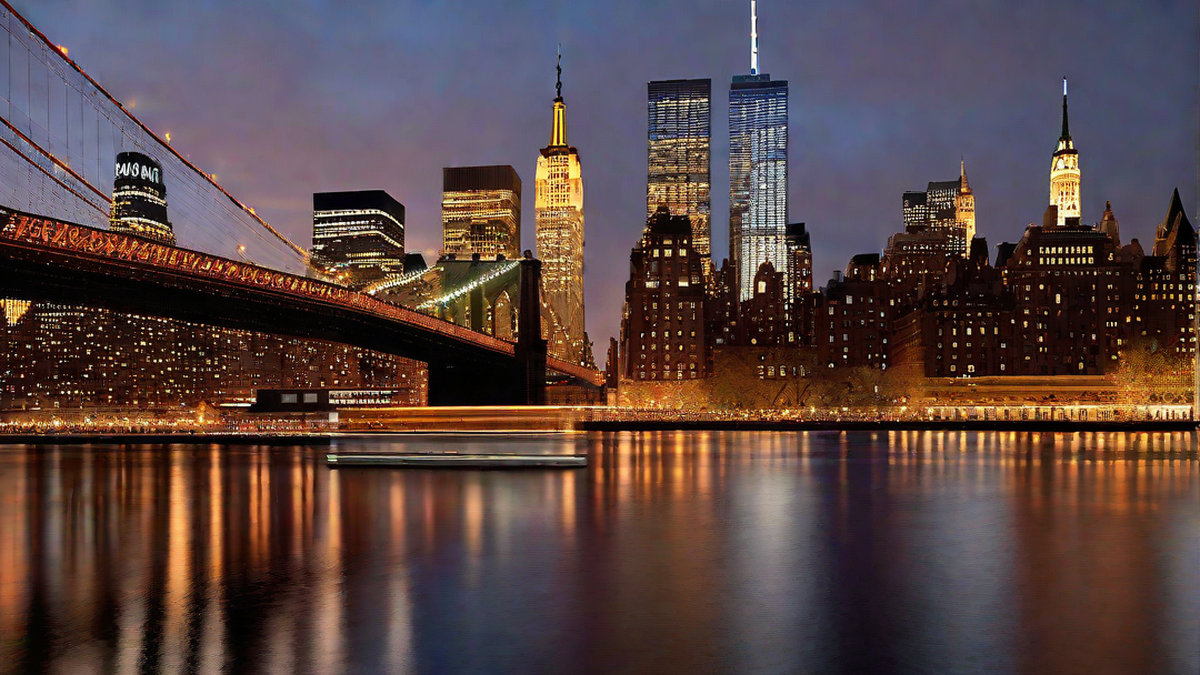The New York City Marathon is one of the most iconic and prestigious marathons in the world. Every year, thousands of runners from around the globe gather to compete in this challenging race that winds its way through the streets of the Big Apple. One of the unique features of the NYC Marathon is the number of bridges that runners encounter along the course. As a passionate runner who has participated in the marathon multiple times, I can attest to the thrill and excitement of conquering each bridge.
Bridge after Bridge
The NYC Marathon course spans a total of five boroughs: Staten Island, Brooklyn, Queens, the Bronx, and Manhattan. As runners make their way through this diverse landscape, they encounter a total of five bridges. Each bridge presents its own set of challenges and offers stunning views of the city skyline.
The first bridge runners encounter is the Verrazzano-Narrows Bridge. This suspension bridge connects Staten Island to Brooklyn and is the starting point of the race. Crossing this bridge is both exciting and daunting, as it marks the beginning of the 26.2-mile journey ahead. The view from the top of the Verrazzano-Narrows Bridge is breathtaking, with panoramic views of the New York Harbor and the Statue of Liberty.
After descending from the Verrazzano-Narrows Bridge, runners enter Brooklyn and make their way towards the second bridge on the course, the Pulaski Bridge. This steel truss bridge spans Newtown Creek and connects Brooklyn and Queens. While not as tall as the Verrazzano-Narrows Bridge, the Pulaski Bridge serves as a pivotal point in the race, as it marks the halfway point and signals the transition from Brooklyn to Queens.
Next up is the Queensboro Bridge, also known as the 59th Street Bridge. This iconic cantilever bridge spans the East River and connects Queens to Manhattan. The Queensboro Bridge is often considered one of the most challenging parts of the marathon. As runners make their way up the incline, the sound of their footsteps echoes through the tunnel-like structure. However, the reward is worth the effort, as the view from the top of the bridge showcases the dazzling Manhattan skyline.
Once runners conquer the Queensboro Bridge, they enter Manhattan and continue their journey towards the fourth bridge on the course, the Willis Avenue Bridge. This swing bridge spans the Harlem River and connects Manhattan to the Bronx. While not as well-known as some of the other bridges on the course, the Willis Avenue Bridge adds variety to the race and offers a glimpse into the rich history of the city.
The final bridge on the course is the Madison Avenue Bridge. This steel arch bridge spans the Harlem River and connects the Bronx back to Manhattan. As runners cross this bridge, they can feel the finish line drawing near and the excitement builds with every step.
The Grand Finale
After conquering the last bridge, runners enter Central Park for the final stretch of the race. The energy and support from the cheering crowds give runners the extra push they need to cross the finish line. The NYC Marathon truly is a test of both physical and mental strength, and the bridges along the course add an extra layer of challenge and excitement.
In conclusion, the NYC Marathon with its five bridges offers a unique and unforgettable experience for runners. Each bridge presents its own set of obstacles to overcome, but the sense of accomplishment upon conquering them is unparalleled. Whether you’re a seasoned marathoner or a first-time participant, the NYC Marathon is a race that will push you to your limits and leave you with memories that will last a lifetime.

